Invited Speakers
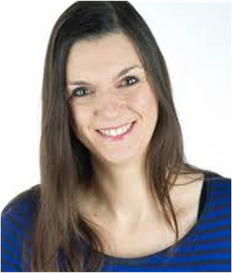 | Biomedicine SectionProf. Katrin Heinze University of Würzburg, RVZ Research: Hematopoiesis is the process of forming blood cells, which occurs predominantly in the bone marrow. The bone marrow produces all types of blood cells: red blood cells, platelets, and white blood cells (leucocytes). One of the most prominent white blood cell types are neutrophils – they help the body fight against infections and are the most abundant subpopulation of leukocytes. They are short-lived and highly mobile, and can enter parts of tissue where other cells/molecules cannot. | |
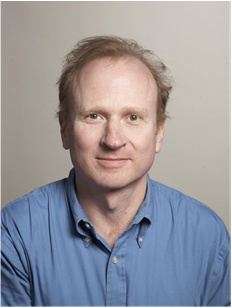 | Biomedicine SectionProf. Robert Fisher Icahn School of Medicine at Mount Sinai, USA Research: My laboratory studies the regulation of cell division and gene expression by an interconnected network of cyclin-dependent kinases (CDKs). By chemical genetic analysis of the CDK network in yeast and human cells, we have uncovered CDK relays and CDK-phosphatase circuits that govern key transitions in the transcription cycle of RNA polymerase II (Pol II). At the initiation-elongation transition, the TFIIH-associated CDK, Cdk7, promotes an exchange of Pol II between initiation and elongation factors, imposing a promoter-proximal pause that must be overcome by Cdk9, also known as positive transcription elongation factor b (P-TEFb). Later, at the 3’-ends of genes, Cdk9-dependent phosphorylations that promote rapid Pol II elongation are reversed by the switch-like activation of protein phosphatase I, establishing a second Pol II pause downstream of the polyadenylation signal, thought to facilitate mRNA 3’-end maturation and transcript termination. This Cdk9-PP1 switch is analogous to a Cdk1-PP1 circuit that controls mitotic progression, suggesting conservation of molecular machinery and regulatory logic between cell-division and transcription cycles. | |
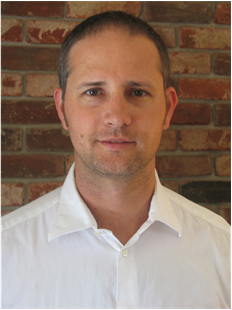 | Clinical Science SectionProf. Nadav Ahituv University of California San Fransisco, USA Research: Nucleotide variation in gene regulatory elements is a major determinant of phenotypes including morphological diversity between species, human variation and human disease. Despite continual progress in the cataloging of these elements, little is known about the code and grammatical rules that govern their function. Prof. Ahituvs group focusses on deciphering the code and their grammatical rules, which will enable high-resolution mapping of regulatory elements, accurate interpretation of nucleotide variation within them and the design of sequences that can deliver molecules for therapeutic purposes. | |
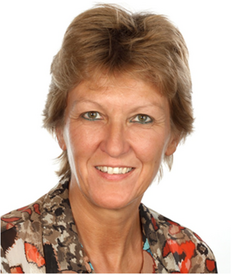 | Immunology and Infection SectionProf. Birgit Schittek University of Tübingen, Department of Dermatology Research: Skin is a unique ecological niche that allows a divers set of commensal microorganisms to colonize while at the same time it efficiently prevents pathogenic microorganisms from persisting. My laboratory studies how keratinocytes as the main cell type in the epidermis initially sense invading pathogens as well as commensal microorganisms and how they orchestrate the subsequent innate immune response. We especially focus on factors such as host or bacterial-derived antimicrobial factors that either protect healthy skin from invading pathogens or contribute to Staphylococcus aureus colonization of the skin of patients with atopic dermatitis.
| |
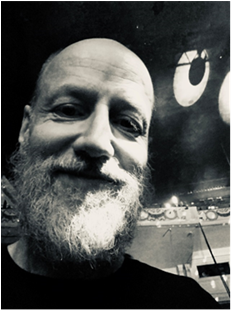 | Integrative Biology SectionProf. Lars Chittka University of London, UK Research: Lars Chittka is the founder of the Research Centre for Psychology at Queen Mary, University of London and has been an editor of Biology’s leading open access journal PLoS Biology since 2004.Work in the Chittka lab is poised at the intersection between sensory physiology and learning psychology on the one hand, and evolutionary ecology on the other. Why do animals have the sensory systems they do? How do they use them in their natural foraging environment? How do cognitive-behavioral processes function in the economy of nature? Recently, Chittka has also become interested in the evolution of cognitive capacities and communication, and the pollination biology of invasive species. | |
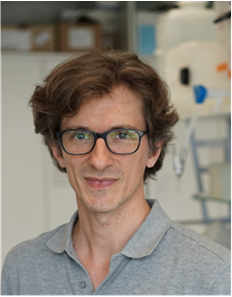 | Microbiology SectionProf. Siegfried Hapfelmeier-Balmer University of Bern, Switzerland Research: Siegfried Hapfelmeier is a general microbiologist by training. He studies pathogenic as well as symbiotic host-bacterial interactions in the intestine and applies bacterial engineering to optimize intestinal bacteria for their use as research tools, vaccines or probiotics. During his early career he developed a novel mouse model for enteric non-typhoidal Salmonella infection – today a standard in the field – and studied fundamental mechanisms of its mucosal pathogenesis. More recently, he engineered Gram-negative intestinal symbiotic and pathogenic bacteria carrying auxotrophic mutations that prevent the bacterium from surviving in the intestine and permitted the transient colonization of germ-free animals. These engineered bacteria serve as powerful tools to probe intestinal mucosal immunity and other host microbial interactions. Current research topics in his lab further include the effects of the microbiota on the health effects of common environmental toxins in the food chain and the regulation of microbiota and host metabolism by bile acid transforming gut bacteria. | |
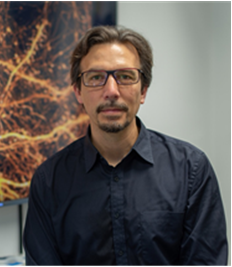 | Neuroscience SectionProf. Valentin Nägerl University of Bordeaux, France Research: Prof Nägerl is well-known for his pioneering work on STED microscopy and its application to interesting problems in neurobiology. His work was recognized with the ‘Great French advances in biology’ prize from the French Academy of Sciences in 2018. The advent of super-resolution microscopy has created unprecedented opportunities for multi-scale analysis of this anatomical complexity and its dynamics in a live setting. He will present recent methodological advances based on super-resolution microscopy enabling to reveal novel morpho-functional mechanisms of synaptic plasticity, like activity-dependent synaptic plasticity of dendritic spines and axonal fibers, and visualization of morphological and molecular organization of synapses on the nanoscale level. | |
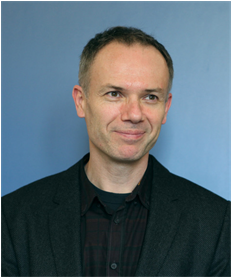 | Structural Biology SectionProf. Nenad Ban ETH Zurich, Switzerland Research: We are investigating bacterial and eukaryotic ribosomes and their functional complexes to obtain insights into the process of protein synthesis. Building on our studies of bacterial ribosomes we have increasingly shifted our attention to studying eukaryotic cytosolic and mitochondrial translation and were successful in obtaining first insights into the atomic structures of eukaryotic and mammalian mitochondrial ribosomes, which pose a significant challenge for structural studies as they are more complex and heterogeneous than their bacterial counterparts. The focus of our research has been to understand eukaryotic translation initiation, targeting of proteins to membranes, regulation of protein synthesis, and the assembly of eukaryotic ribosomes. Recent results on the unique aspects of mitochondrial translation and the divergent structure of mitochondrial ribosomes will also be presented. |





